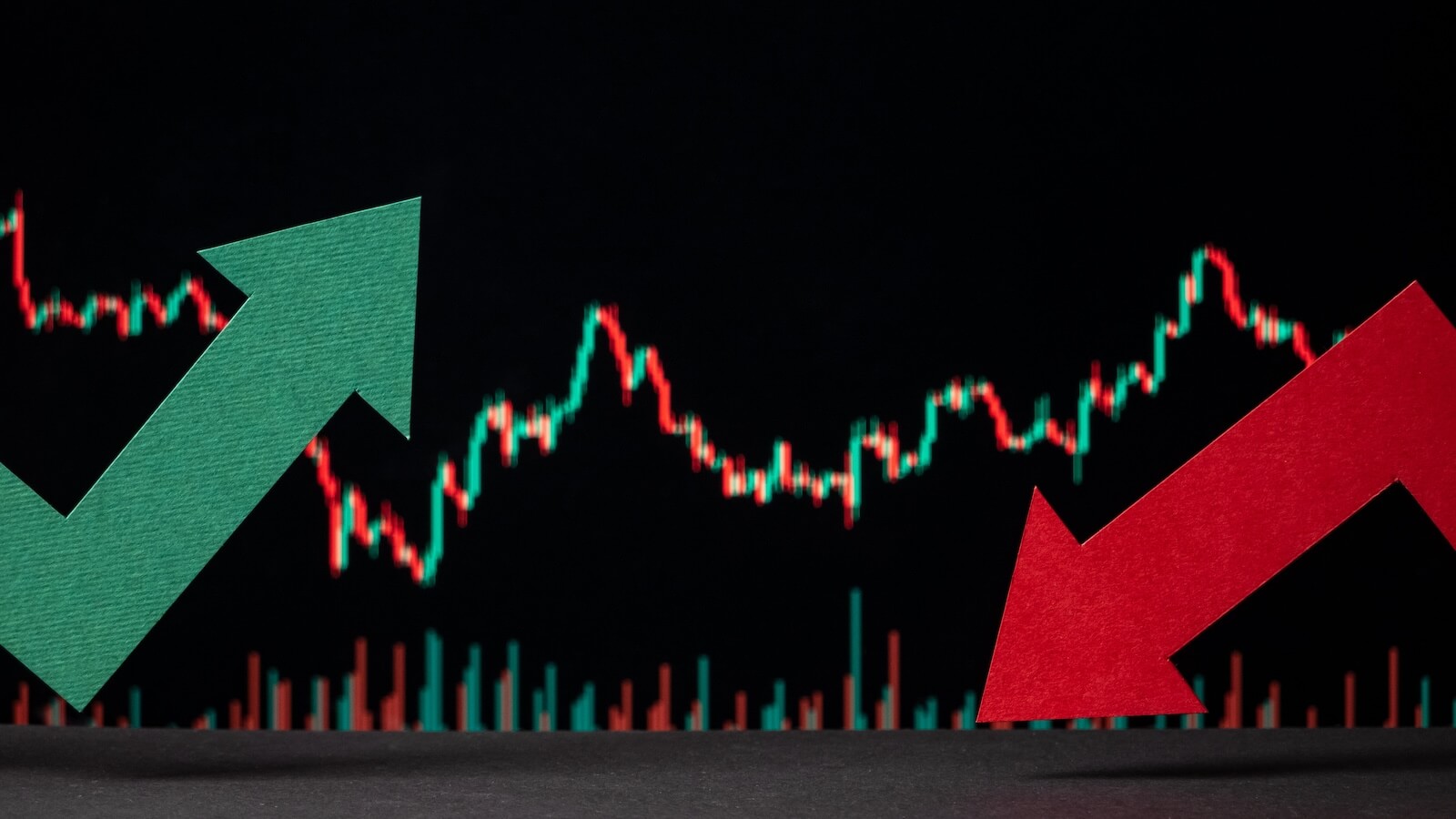I have found that if you offer the market your sincere attention – presented on a platter of organized checklists – it will reciprocate by talking to you about its true intentions. Warren Buffett would claim that this offers you a cleaner windshield, albeit one never as clean as the rearview mirror.
At the risk of generating many more questions than I can fully answer in this blog format, I’ll share with you the routine checklist I go thru just prior to hitting the buy/enter button on my keyboard. I present it to you merely as a starting point in hopes that you will assemble your own checklist. There is nothing supernatural about the list. The magic is simply in having a customized list and the discipline to run through it just prior to buying an equity.
This checklist assumes that you have already stepped through all six preceding stages of Tensile Trading’s 10 Stages. That is, it assumes the equity of your desire has been thoroughly vetted, the “buying fire” is in your belly, the market is moving and you’re anxious to jump in. But hold on a minute, cowboy! As your mother told you, show some restraint. Take a deep breath, invest a few minutes and run through your buying scenario one last time. Here’s my checklist:
- Review previous journal write-ups. What was your rationale to buy before? Note the source of your idea. Is it still valid?
- Permission to Buy – 6 steps. Align the market, sectors, industry and stock. Align Big Cap versus Small Cap, Domestic versus International, Growth versus Value, and Intermarket Analysis. Is the wind at your back?
- Revisit your trading methodology. Mine is called “BATTLE V”. B = Breakout, A = Accumulation, T = Technicals, T = Trend, L = Leader, E = Earnings, V = Volume.
- Dates – Check earnings dates for stocks and historical distribution dates for ETFs and mutual funds. Don’t get blindsided.
- Check out the trend of analysts’ earnings projections and the latest news.
- Reward to Risk – has the point and figure chart calculation changed?
- Set your stop (hard or soft) and automatic alerts.
- Revisit any money management rules that apply.
- Look at seasonality and consider the time of the month, week, day and hour (based on the Traders’ Almanac). Once again, ask yourself if the wind is at your back.
- Look at the PerfChart (at StockCharts.com) of the equity, its sister stocks, the sector and industry.
- Tracking – setup a Chart List portfolio (with the same symbols from #10).
- Decide on which brokerage house to use.
- Decide on which accounts to buy for.
- Calculate how much a 100% position in the equity will cost in dollars.
- Intended pyramid buys – you do want to accumulate target position in stages.
- What order type will you use? (usually a Limit Order)
- Timing – Good till cancel? Fill or Kill? Etc.
- What’s the present status of your investor self? Look in the mirror. Are you in equilibrium?
- Okay – BUY!
Conclusion: The discipline it takes to quickly review your Buying Checklist pays big dividends over the long run. A major benefit is that it helps you to replicate your success and to understand what needs to be corrected if the trade goes south. And your mother will be proud of you for exercising some restraint and not giving in to an impulse buy!
Trade well; trade with discipline!
-- Gatis Roze





